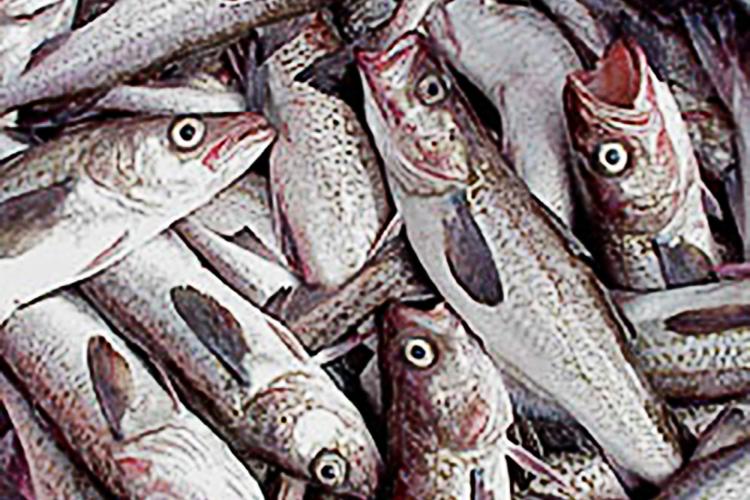
Eastern Bering Sea sample stations.
We conduct regular surveys in the southeastern Bering Sea using surface trawl and midwater acoustics to collect indices on fish size, relative abundance, energetic status, distribution, and diet. An example of the kind of information generated through these surveys is enhanced understanding of the connection between chum salmon populations and bycatch in the Bering Sea groundfish fisheries. We also collect oceanographic indices including conductivity-temperature at depth, nutrient levels, zooplankton (including jelly fish) and phytoplankton biomass and species assemblage.
We monitor changes in coastal and marine ecosystems, conduct research on climate-ecosystem linkages, and incorporate climate information into physical-biological models. This work helps us achieve NOAA Fisheries strategic goals of developing predictive models that anticipate the consequences of climate change on ecosystems. Ultimately we should be able to develop future models that relate these fisheries-oceanographic indices to productivity of commercially important fish species (such as pollock, cod, herring, western Alaska salmon) in the southeastern Bering Sea.
The survey leverages Alaska Fisheries Science Center resources through partnerships in regional research programs such as North Pacific Research Board, FATE, the North Pacific Anadromous Fish Commission's Bering Aleutian Salmon International Survey (BASIS), the Bering Sea Fisherman’s Association, the Alaska Sustainable Salmon Fund, and the Arctic Yukon Kuskokwim Sustainable Salmon Fund.
Additional Resources
- Northeastern Bering Sea Ecosystem Assessment
- Southeastern Bering Sea Ecosystem Assessment
- Alaska Research on Salmon Ecology and Bycatch
- Pink Salmon Forecasting
- Bering Sea Groundfish Fisheries
- North Pacific Research Board
- Fisheries And The Environment
- Bering Sea Fisherman’s Association
- Arctic Yukon Kuskokwim Sustainable Salmon Fund
- Bering Arctic Subarctic Integrated Survey
- Alaska Sustainable Salmon Fund

